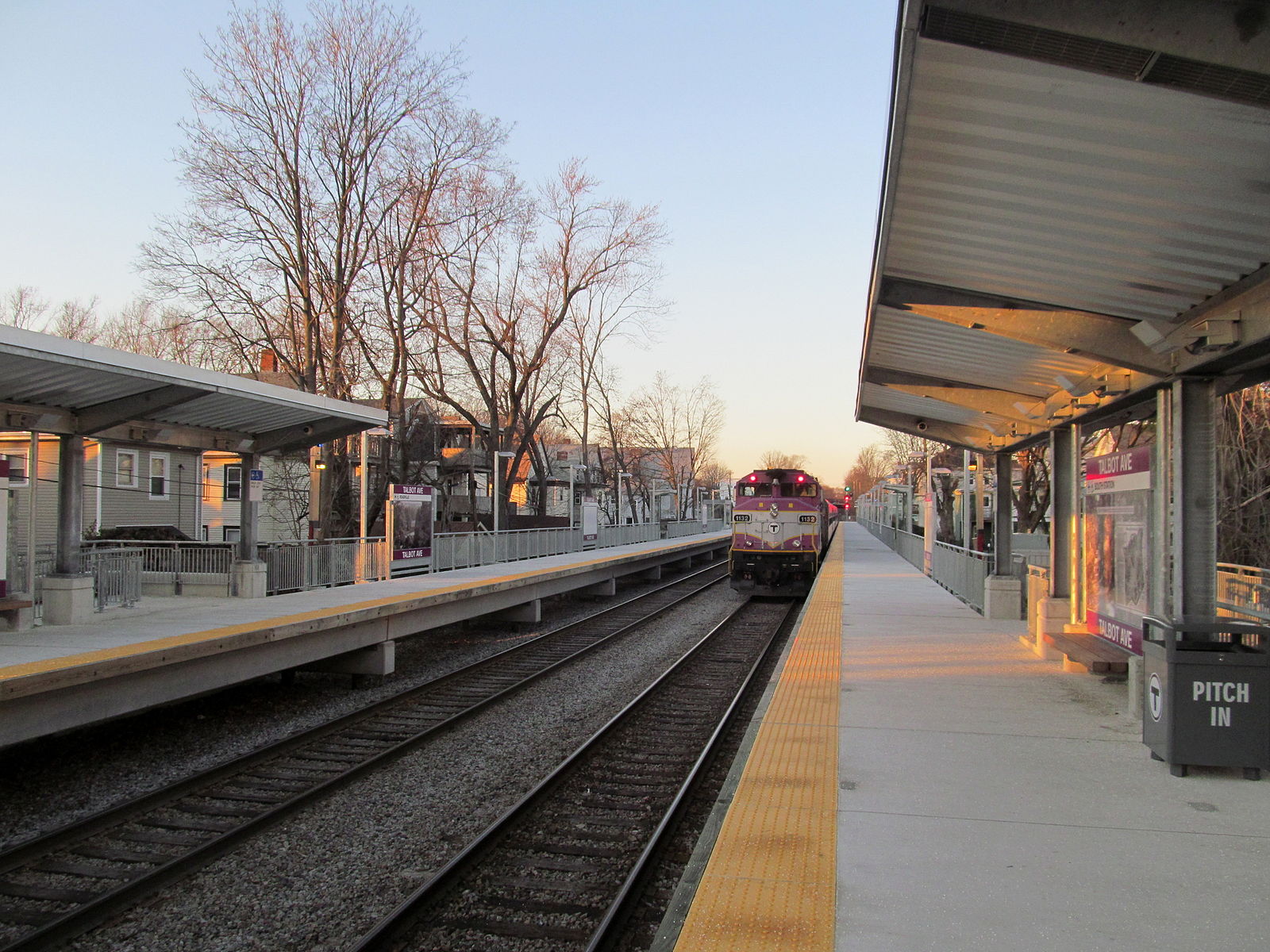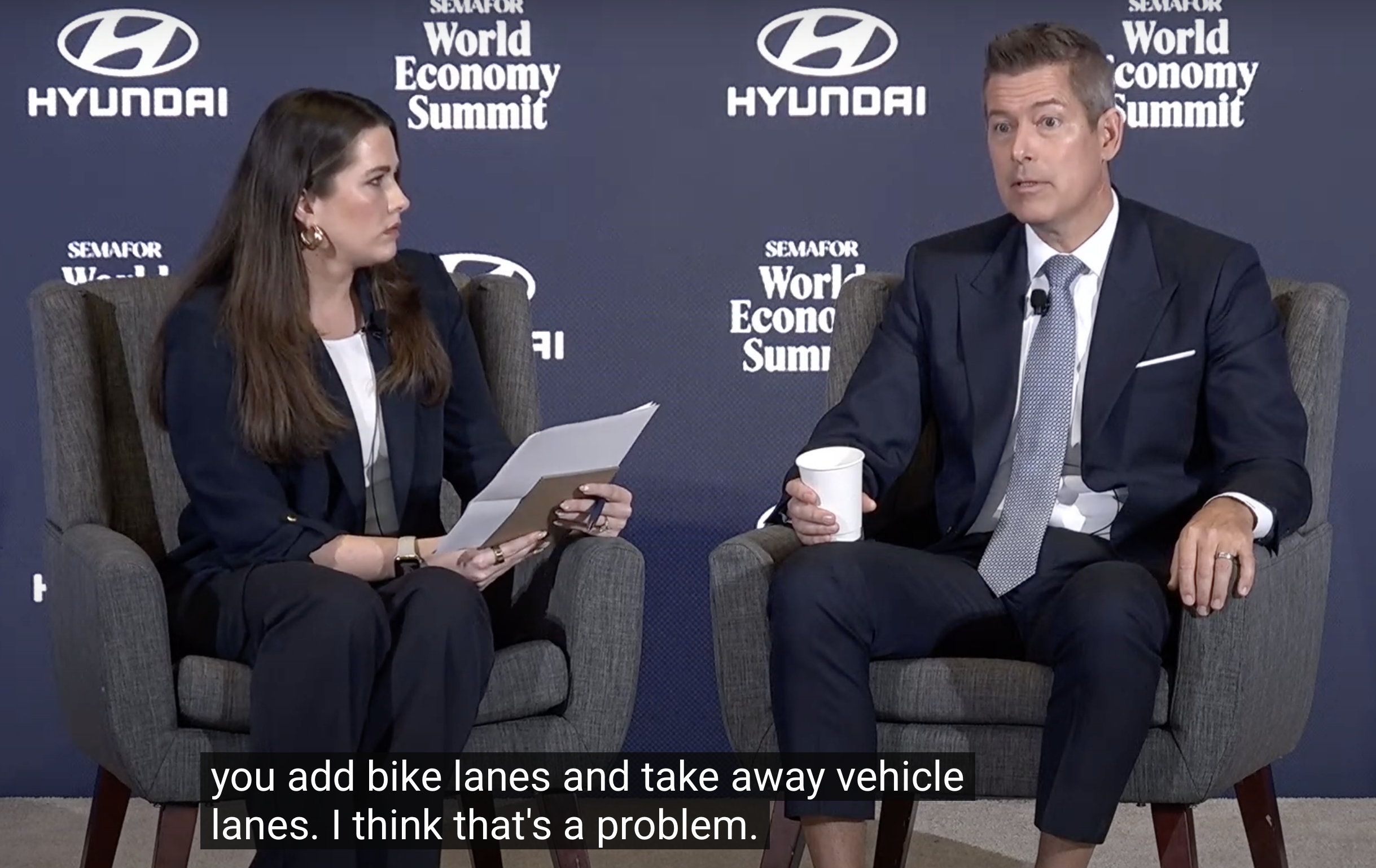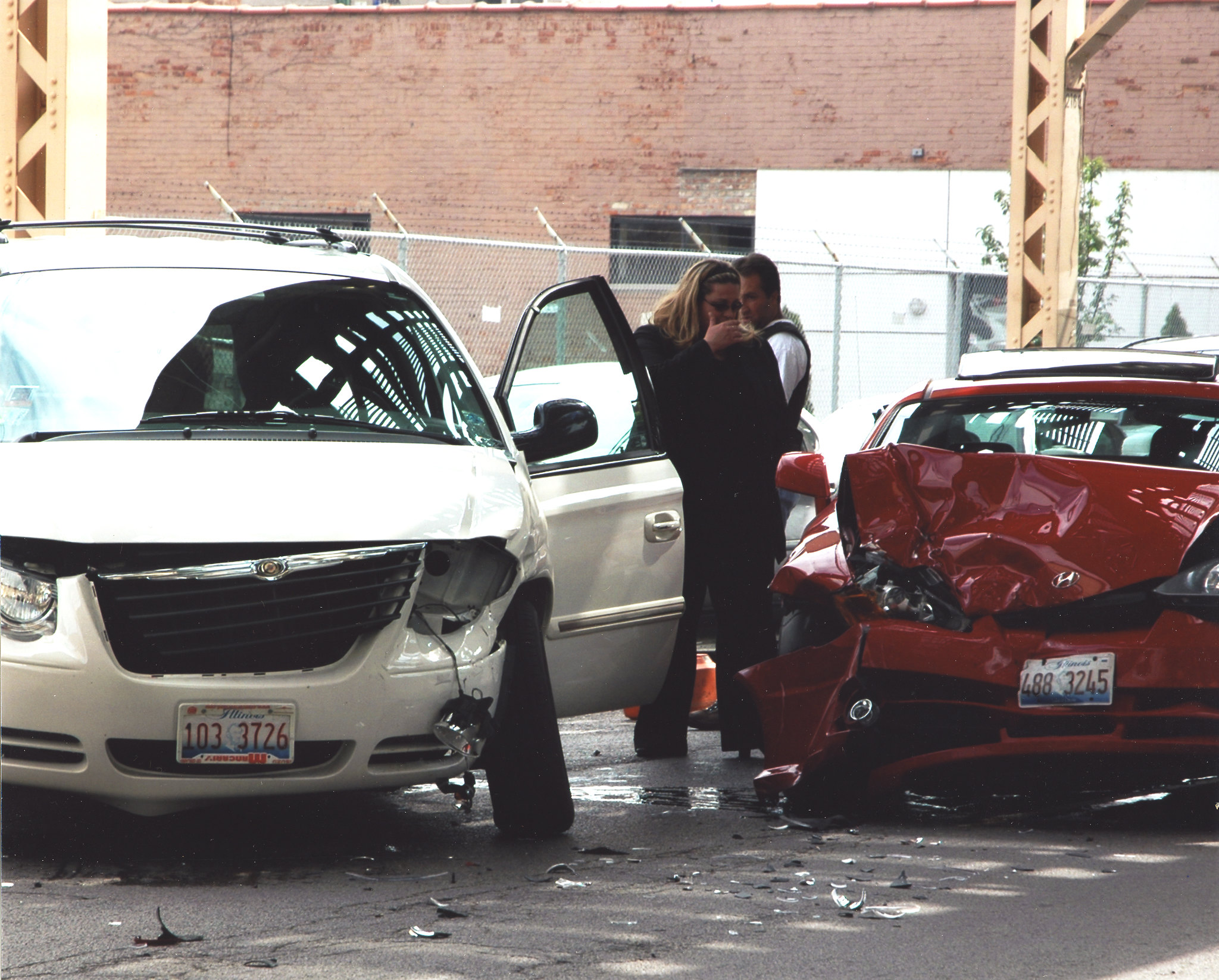Commuter rail in the United States mostly caters to affluent suburbanites who commute to the city center. Even though these lines pass through working class city neighborhoods that stand to benefit enormously from better transit, the service they provide passes those communities by. It doesn't have to be that way.
In Boston, the MBTA is starting to do things differently on a commuter rail line that serves one of the poorest parts of the region. But so far this remains a partial transformation that has yet to deliver the full benefits of good rapid transit. It's important to understand what the MBTA has done right -- and what it's still doing wrong -- if we want to maximize the potential of commuter lines not only in Boston but in cities like Philadelphia and Chicago as well.
The Fairmount Line, about nine miles long, is contained entirely within the city of Boston. It mostly passes through Dorchester, a low-income, mostly non-white neighborhood. Starting at the end of the aughts, the MBTA began a program of investment in the line.
Fares were lowered to match those on the T. The commuter trains do not accept the CharlieCard smart card system, but passengers can buy paper tickets for the same fare. Only the terminus, Readville, outside of Dorchester, charges higher fares.
Three infill stations have opened, with a fourth under construction. Trains also run more often, but still max out at headways of 40-50 minutes at rush hour and every hour off-peak. The line is faster than taking a bus and connecting to the subway, but it lacks the frequency of buses, which come every five or eight minutes during peak hours and every 10 or 12 minutes off-peak.
The MBTA also aggressively marketed the line in Dorchester, where commuter rail is viewed through the lens of an inverted class stigma. Neighborhood residents, disproportionately black and poor, perceived commuter rail as the domain of rich white suburbanites. The MBTA worked with community organizations, such as the Greater Four Corners Coalition, which had been pushing for better service on the Fairmount Line since the 1990s, to change perceptions.
As a result, ridership has tripled since 2012, from about 800 per weekday to about 2,300. In 2012, the line had the lowest overall ridership of all Boston commuter lines, as well as the lowest ridership per route-mile. Today its ridership per route-mile is close to the systemwide average.
Don't get carried away though. Given its location, the Fairmount Line should be doing better than average. Marketing alone, of course, cannot get people to ride transit, and despite the recent upgrades, there's still a lot of room to improve service.
The Boston Foundation's report on how to further improve the Fairmount Line notes that integration with local transit remains poor, despite the fare equalization. The fact that CharlieCard monthly passes are not accepted and only one transfer per trip is free imposes additional costs on some riders. Local buses connect to the T but not to commuter rail stations, which are not always located at convenient nodes in the street network.
There are plans to increase frequency and run peak trains every 15 minutes, but no timetable or funding for such an upgrade. It's also critically important to run more frequent off-peak service, since only 60 percent of the line's ridership is at the peak -- far below the MBTA commuter rail average of about 80 percent.
One of the reasons the MBTA's plans to increase frequency are stuck is controversy over rolling stock. The state wants to buy diesel multiple units (DMUs), which accelerate faster than locomotive-pulled trains.
There are no plans to electrify the Fairmount Line, even though electric trains would be faster, DMUs have tended to come at a high price for American transit agencies, and one of the Greater Four Corners Coalition's original complaints was diesel fumes from trains (which higher frequency would only make worse).
When the final infill station opens in 2019, the one-way end-to-end trip time will be 31 minutes. DMUs could do the same trip in 25-26 minutes. Electric trains, like the ones used on the Long Island Railroad, Metro-North, and any number of modern regional rail services around the world, could do it in 18-19 minutes. They accelerate faster, can run slightly faster on curves, and require less schedule padding since they break down less often. But the state has not been willing to commit to investment in electrification.
If Massachusetts ever does run frequent rail on the Fairmount Line, it could set a national example for similar commuter rail lines. These lines could also use investment in higher frequency, fare integration, and marketing to make them an appealing service for low-income riders.
In Philadelphia, SEPTA Regional Rail has been electrified since the 1930s, and opened a city center tunnel in the 1980s, enabling trains to through-run instead of terminating. But frequency remains low and the fare system is separate from the subway, trolleys, and buses.
Even though several branches are contained entirely within the city, ridership is weak. The Chestnut Hill East and Chestnut Hill West lines each have 5,500 weekday riders. They parallel the third busiest bus route in the city, the 23, which has 16,500 riders. That makes sense when the bus charges $2 for a ride and regional rail charges $4.75.
In Chicago, commuter rail lines are run as separate fiefs. The one that would most benefit from fare integration and added frequency is Metra Electric, which serves South Side communities far from the L. Chicago's street grid makes it easy for buses to connect to stations, and Metra Electric is a six-track corridor with closely-spaced local stations and express trains.
When the Illinois Central owned and operated the lines there was decent local frequency, every 30 minutes per branch. But after Metra took over, it slashed frequency to once an hour. With this frequency and no fare integration with buses, ridership within Chicago is weak, even as suburban ridership is strong. Local activist Mike Payne has been calling for fare integration and higher frequency, but to no avail.
Commuter rail's history as a mode of transportation for middle-class suburbanites has made transit agencies reluctant to make it useful for low-income riders even when it passes through low-income neighborhoods. As a result, commuter rail operations create a disparate impact: service for middle-class suburbs, pollution for low-income city neighborhoods. Cities and transit agencies need to fix this.
It's too early to call the Fairmount Line a national model, but the MBTA has taken the first necessary steps to turn commuter rail into useful urban transit. It managed to greatly expand service in the last five years, and achieved ridership growth to show for it. What Boston and other cities need to do is go much further and make the service useful for everyone, regardless of social class.





